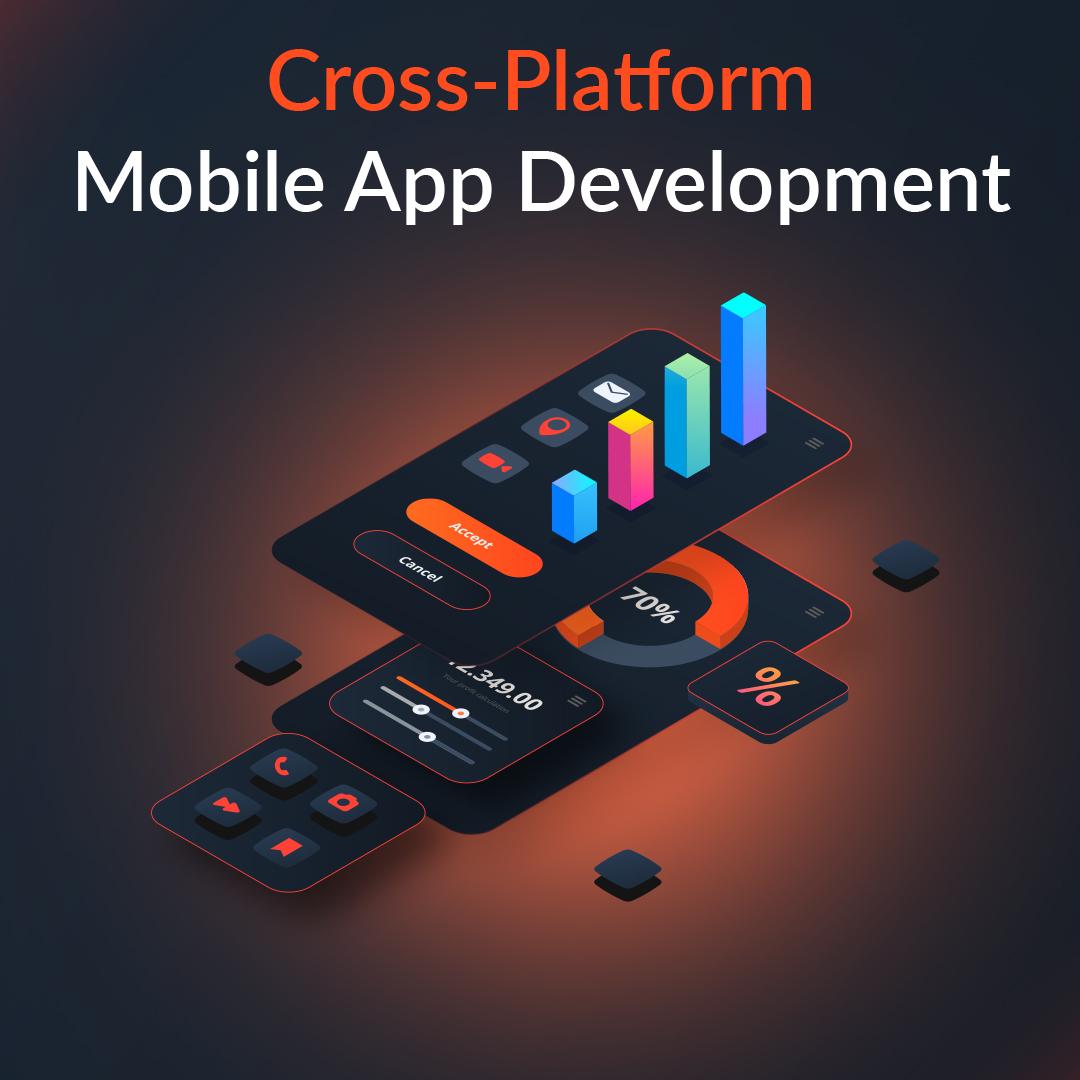In today’s rapidly evolving digital landscape, users expect seamless experiences across a myriad of devices—whether they’re tapping on a smartphone, clicking thru a tablet, or navigating on a desktop. For developers, meeting this demand means venturing into the world of cross-platform app development, a domain where versatility and efficiency reign supreme. but crafting apps that feel native and perform flawlessly across different operating systems is no small feat. This article explores the best practices that empower developers to build robust, user-friendly cross-platform applications, striking the perfect balance between speed, functionality, and user experience. Whether you’re a seasoned coder or just stepping into cross-platform development,thes insights will help guide your journey toward building apps that truly resonate across platforms.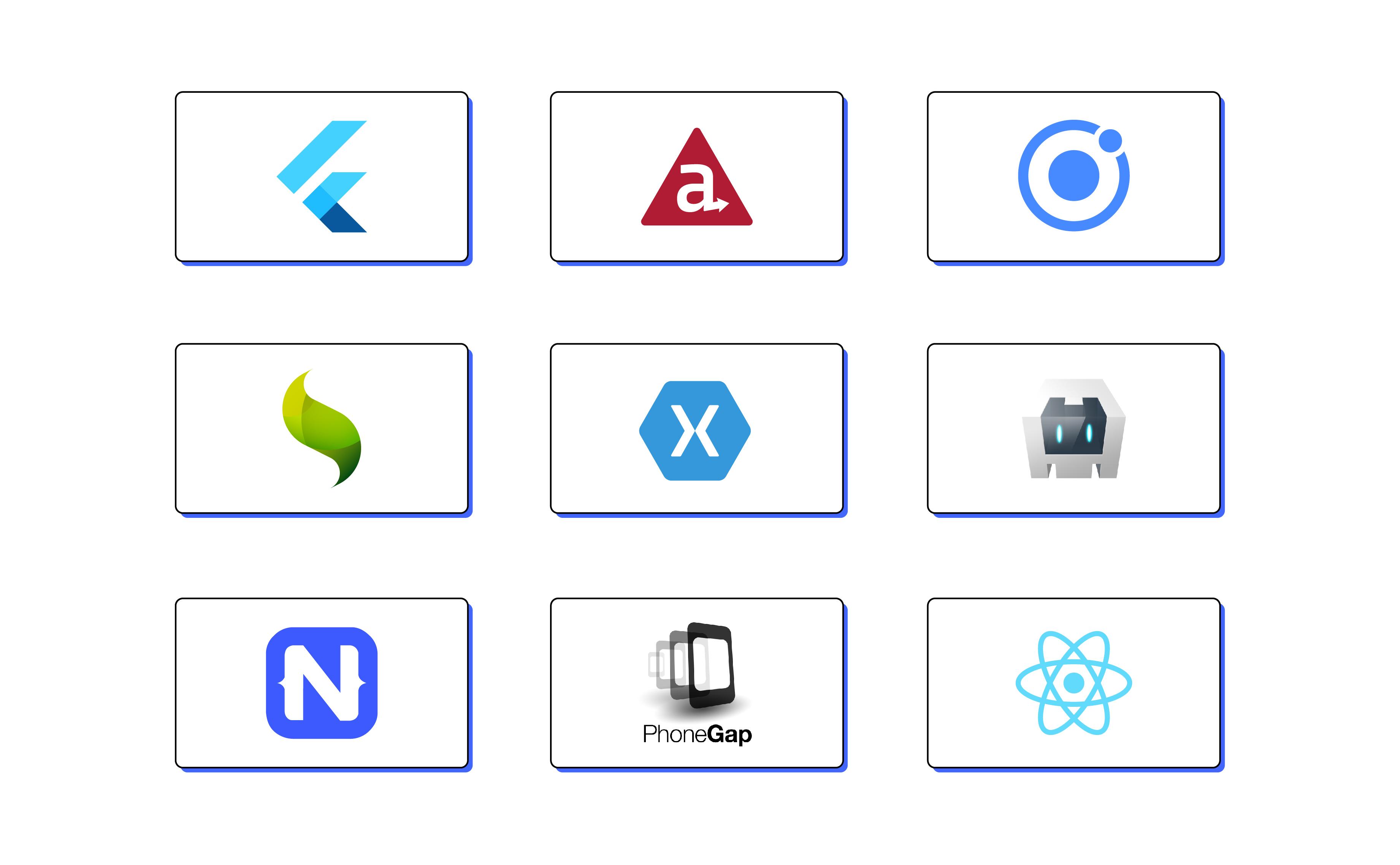
Choosing the Right framework for Your Cross-Platform Project
Selecting the ideal framework is a pivotal decision that shapes the trajectory of your app development process. When evaluating options, consider factors such as performance capabilities, community support, and ease of integration with native functionalities. Frameworks like React Native offer a robust ecosystem for building performant apps with near-native experience, while Flutter excels in creating highly customizable user interfaces through its rich widget system.
Beyond technical specifications, align your choice with the specific needs of your project and your team’s expertise. if rapid prototyping and a single codebase for multiple platforms are priorities, leaning towards frameworks with hot-reload capabilities can significantly speed up development. It’s also wise to assess ongoing maintenance costs and the availability of skilled developers to support your app’s lifecycle.
| Framework | Key Strength | best Use Case |
|---|---|---|
| React Native | Wide community & native modules | Apps requiring native performance |
| Flutter | Highly customizable UI | Visually rich and animated apps |
| Apache Cordova | Web-based hybrid apps | Projects targeting quick deployment |
To dive deeper into user trends and framework comparisons, consult resources like MDN Web Docs for extensive guidance, or browse industry insights from Stack Overflow. Informed selection leads to smoother development cycles and more scalable apps.
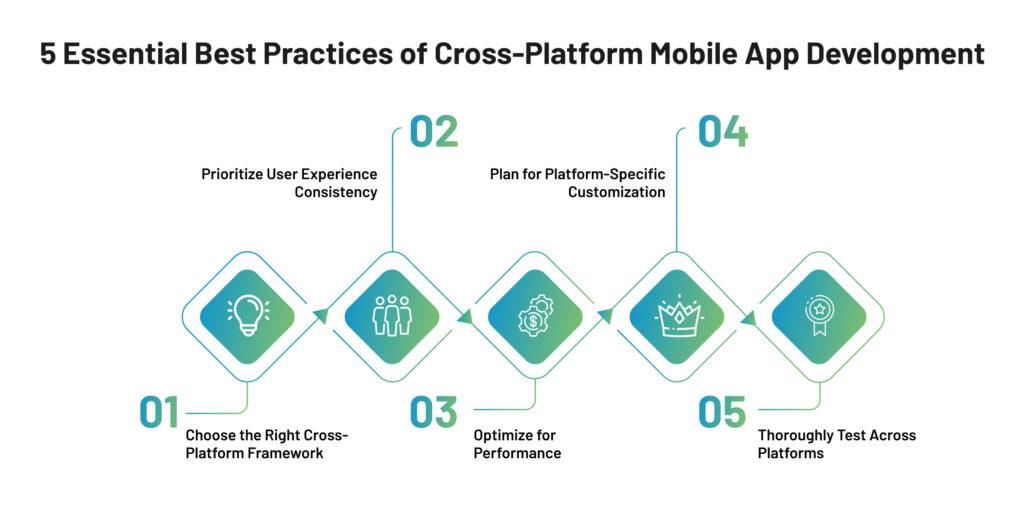
optimizing Performance Across Different Operating Systems
When aiming for seamless app performance across Windows, macOS, Linux, iOS, and Android, it is essential to tailor resource management to each system’s intrinsic strengths and limitations. Prioritize asynchronous operations where possible to keep your interface responsive.For instance, explicitly manage background threads per OS conventions—GCD on iOS, Executors on Android, or native threading on desktops—to optimize CPU usage without draining battery or shrinking memory.
Network conditions and file storage differ widely; consider employing adaptive caching techniques that dynamically adjust based on platform-specific storage hierarchies and network APIs. Leveraging native profiling tools like Android Profiler or Apple’s Instruments can guide critical performance tuning decisions, such as CPU heatmaps or memory snapshots, ensuring you hit the sweet spot between speed and resource demands.
| Platform | Key Performance Metric | Recommended Tool |
|---|---|---|
| Windows | Thread utilization | Windows Performance Analyzer |
| macOS | Memory Allocation | Instruments |
| Android | CPU Usage | Android Profiler |
| iOS | Battery Impact | Energy Log |
By incorporating such platform-aware optimization strategies, your cross-platform application can behave not just consistently but optimally, delivering a native-like experience regardless of the underlying operating system.
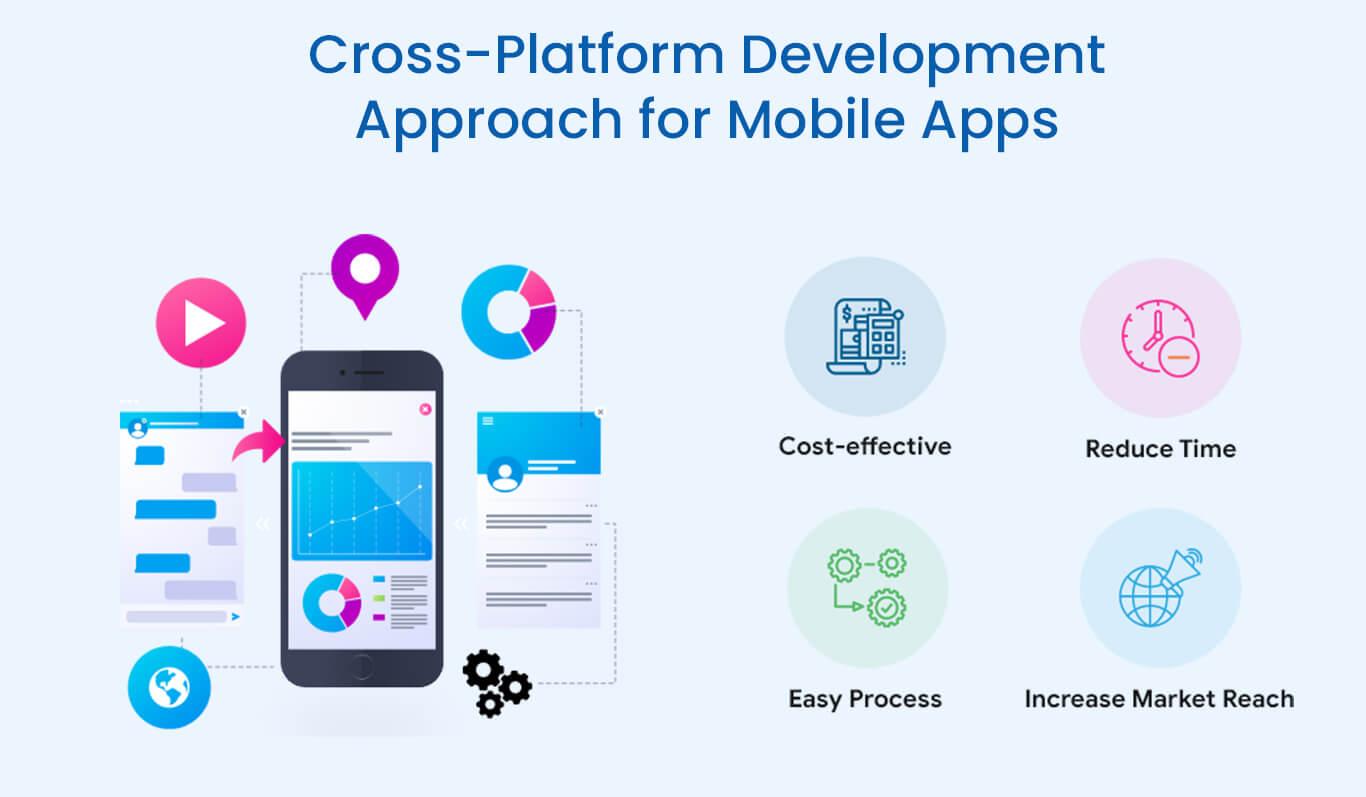
Balancing User Experience with Platform Consistency
Achieving harmony between a seamless user journey and platform-specific nuances is a delicate dance. While a uniform design language across platforms ensures brand integrity,it’s equally crucial to embrace the unique interaction patterns and conventions that users expect on their devices.Prioritize core functionalities and visual elements that resonate universally, but don’t shy away from customizing gestures, navigation flows, or button placements to align with the native ecosystem. This thoughtful adaptation enhances intuitiveness without compromising identity.
To effectively strike this balance, consider these best practices:
- Leverage native components when possible to benefit from optimized performance and familiar experiences.
- Maintain consistent branding via colour schemes, typography, and iconography across platforms.
- Customize interaction models to meet platform expectations—iOS users expect swipe gestures while Android users often rely on hardware buttons.
- Test extensively on each platform to uncover subtle inconsistencies or usability hurdles.
Here’s a quick comparison illustrating core elements to balance:
| Aspect | consistency Focus | Platform Adaptation |
|---|---|---|
| Navigation | Brand icons & placement | Tab bar (iOS) vs.Hamburger menu (Android) |
| Typography | Font style & hierarchy | System fonts for clarity & performance |
| Gestures | Responsive interactions | Swipe-back (iOS) vs. back button (Android) |
For deeper insights into platform standards and human interface guidelines, the Apple Human Interface Guidelines and Material Design Documentation are indispensable resources. Harmonizing experience and consistency not only retains users but also elevates your app’s reputation across ecosystems.
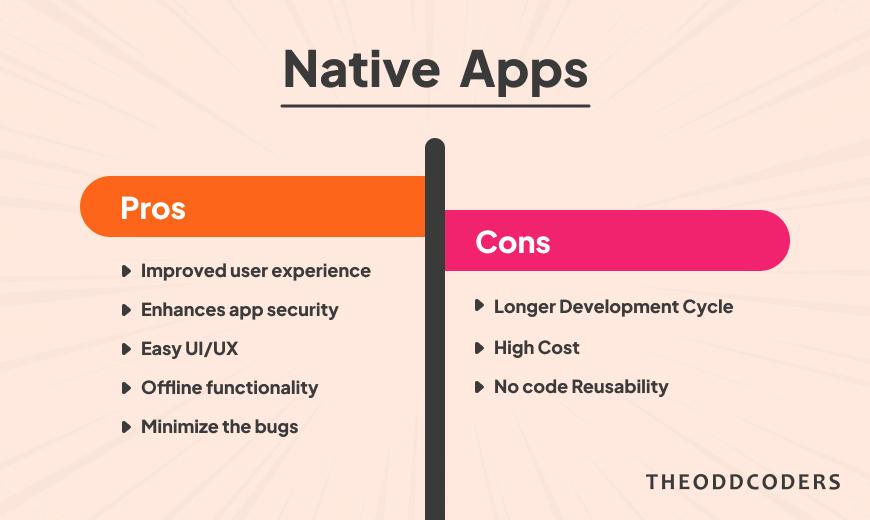
Leveraging Native Features Without Compromising Portability
Striking the perfect balance between harnessing native functionality and maintaining cross-platform portability is a nuanced art in app development. To achieve this, developers should adopt a modular approach, isolating platform-specific code from the core business logic. This separation allows apps to tap into device-specific features—like camera apis or biometrics—without fracturing the overall codebase. Utilizing abstraction layers or platform-agnostic APIs, such as React Native or Flutter, helps maintain this delicate equilibrium by offering bridges to native components.
Consider creating a feature detection strategy that dynamically assesses the availability of certain native capabilities rather than hardcoding assumptions. This adaptive coding style not only enhances user experience but also ensures the application gracefully defaults when a specific feature isn’t supported on a platform. The following table outlines a simple conceptual model for handling native features without sacrificing portability:
| Strategy | Description | benefit |
|---|---|---|
| Feature Flags | Toggle native features based on platform support | Customizes experience without breaking functionality |
| Polyfills | Provide fallback functionality for unsupported features | Ensure consistent behavior across devices |
| API Abstractions | Wrap native APIs in cross-platform interfaces | Centralizes platform divergences |
Ultimately, leveraging native features requires an extensive understanding of each platform’s ecosystem and capabilities. For in-depth guidance and toolsets,consult resources like the Apple Developer Documentation and Android Developers. These repositories offer invaluable insights that can help build apps which are powerful yet universally accessible.
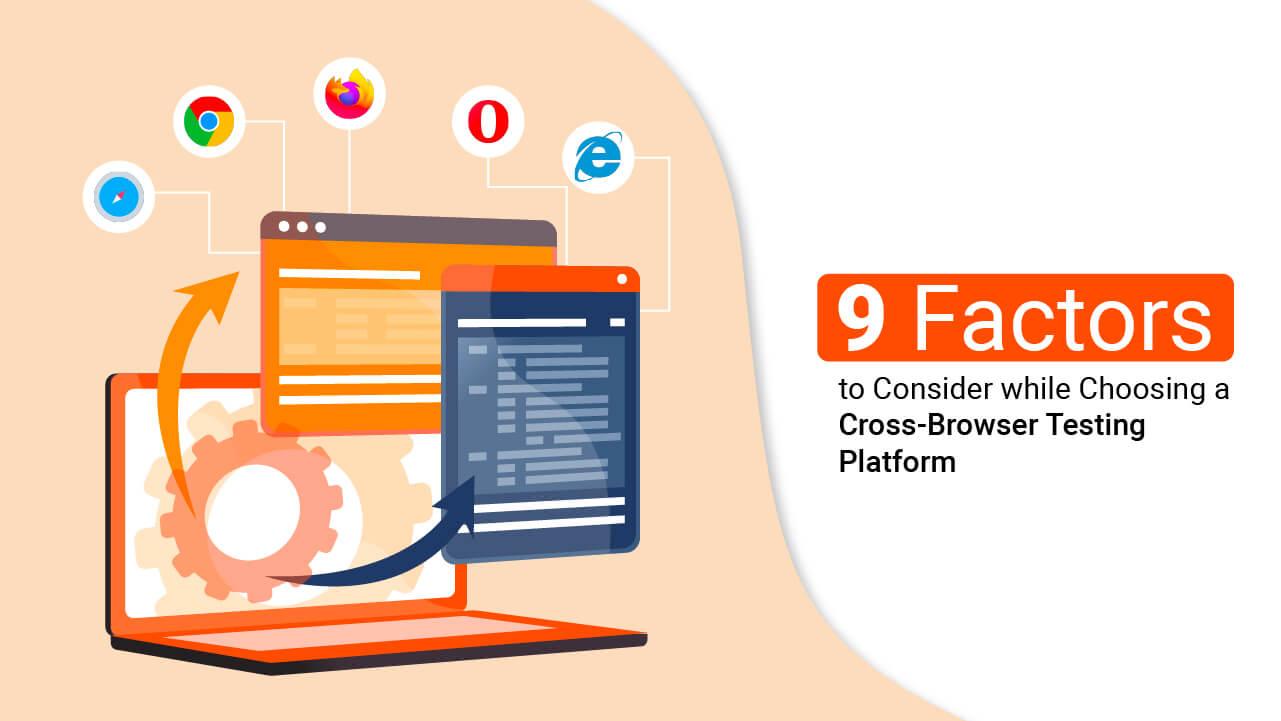
Effective Testing Strategies for Cross-Platform Applications
When developing apps destined for multiple platforms,adopting a multifaceted testing approach is essential to guarantee a seamless user experience everywhere. Embracing a combination of automated and manual testing helps to uncover platform-specific issues and usability nuances that generic tests might miss. Automated test suites can efficiently handle regression checks and performance benchmarks across iOS, Android, and web, while manual testing remains invaluable for evaluating user interfaces and interaction flows.
Leveraging cross-platform testing tools such as Appium or BrowserStack enables developers to simulate real-world conditions across diverse devices without extensive hardware investment. Additionally, engaging in continuous integration pipelines that incorporate testing phases ensures that code changes don’t introduce regressions.It’s also vital to perform exploratory testing on different network conditions and hardware capabilities to capture edge cases.
| Testing Type | Purpose | Recommended Tools |
|---|---|---|
| Automated Regression | Verify existing features remain functional | Appium, Selenium |
| Performance Testing | Ensure smooth experience under load | JMeter, Firebase Performance Monitoring |
| Usability Testing | Assess user flow and interface | Manual Testing, UserTesting.com |
Final Thoughts
In the ever-evolving landscape of technology, mastering the art of cross-platform app development is both a challenge and an possibility.By embracing best practices—from thoughtful architecture and consistent design to rigorous testing and performance optimization—you can create applications that not only reach wider audiences but also deliver seamless, engaging experiences. as platforms multiply and user expectations grow, these guiding principles will serve as a compass, helping developers navigate complexity with clarity and creativity. Ultimately, the best cross-platform apps are those that blend versatility with precision, proving that thoughtful development can transcend boundaries and bring ideas to life anywhere, anytime.


